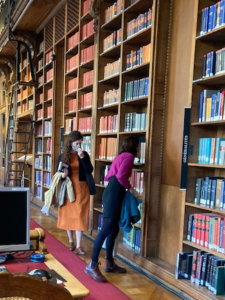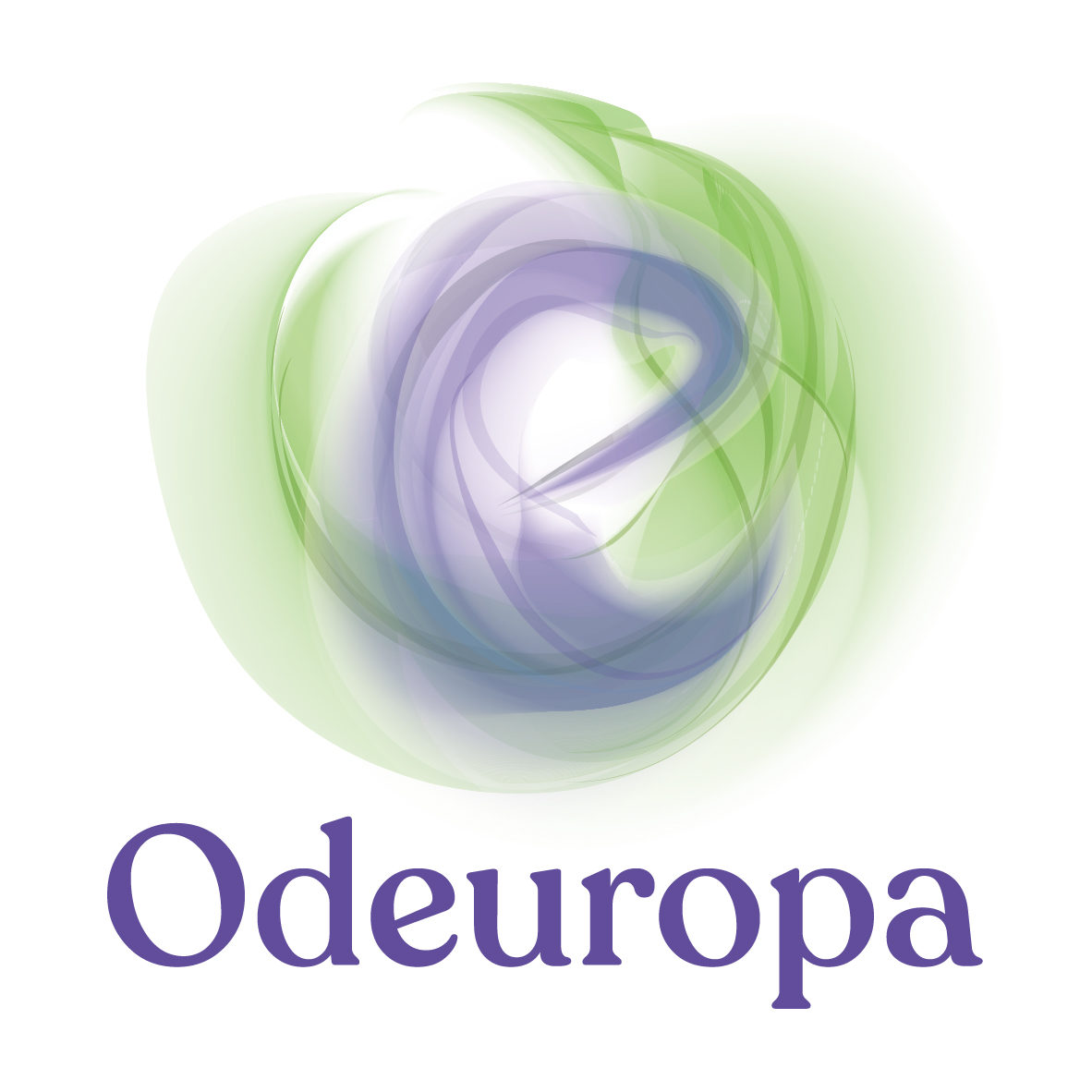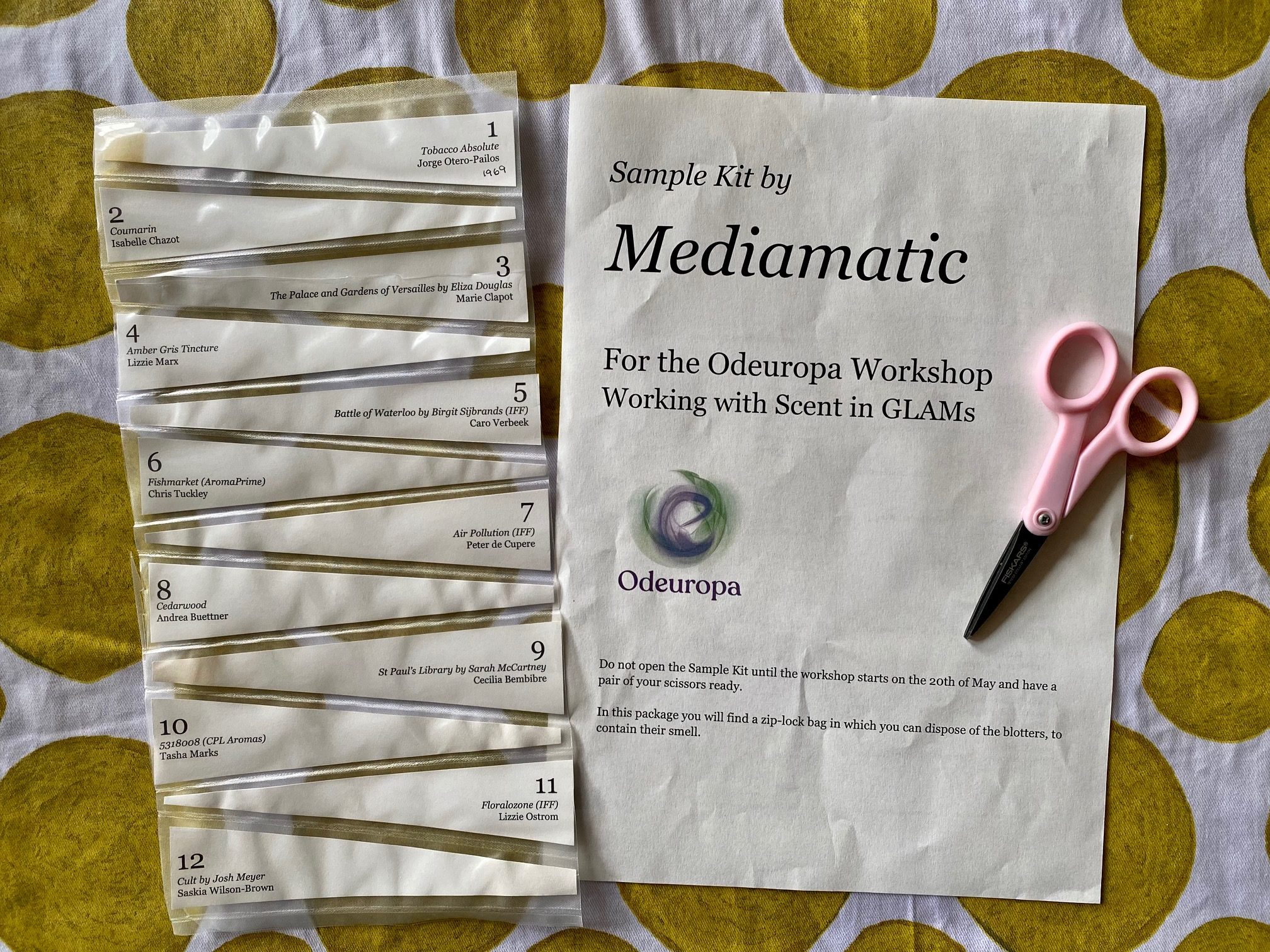
After more than nine months of remote working due to the pandemic, we finally brought part of the Odeuropa team together. This October, 11 Odeuropa team members, representing all work packages and almost every project partner, met in Paris to smell things, co-create annotated data, bridge gaps between core concepts, and even challenge each other to a game of foosball. This lockdown period has been a burden for all research teams, but for a project researching smells and olfactory heritage, the audiovisual-biased world of online working has been a severe challenge.

We approached this first in-person gathering ‘nose-first’ with the help of our PhD student, Victoria-Anne Michel who organized an olfactory workshop and smell walk for the team. During the workshop, we were able to smell perfumes and raw materials which we then categorized and made associations with through our sense of touch. During our smell walk through the different spaces within the Bibliothèque Nationale de France (site Richelieu) we stuck our noses into a few books, old and new. While walking around the place, we first inhaled the general atmosphere, which sensory researcher Kate McLean calls “smell catching.” We then went “smell hunting” in specific spots. Through this exercise, we felt the contrasts of olfactory atmospheres, or “smellscapes”; from the sleek and modern Performing Arts reading room, the wax wooden rotunda, the futuristic corridor leading to the old-fashioned Manuscripts reading room, and, finally, the impressive, bright, cathedral-looking Labrouste reading room. The discussions that followed were a mix of poetic impressions, technical considerations like the different types of air control systems, and personal scent memories. With this, olfaction functions as both an emotional and spatial sense! Special thanks to the curators Sylvie Bourel, Hervé Grosdoit-Artur and Mathieu Lescuyer, without whom this smellwalk would not have been possible.
This trip not only allowed us to get to know each other and train our noses, but also to truly invest in interdisciplinary knowledge exchanges within Odeuropa and beyond. Throughout the few days, we were able to meet with researchers, heritage groups and other parties involved in the perfume and scent culture industry.

Some highlights from our trip:
- We received a warm welcome at the Osmothèque – the historic perfume conservatory based in Versailles – discussing future collaborations around olfactory heritage with the President, Head of Scientific Committee and Communications director of Osmothèque (and smelling some of the nose-boggling perfumes and odorants safeguarded by the institute);
- We attended the press launch of Sensory Odyssey, a multisensory immersive event in the Natural History Museum of Paris;
- We met with the representatives of the Centre des Monuments Nationaux to discuss olfactory approaches to heritage representation;
- We had drinks with the acclaimed French historian Annick Le Guérer, to discuss her participating in one of our future Smellinars, among other things (more to be announced later);
- We visited the Voyages Immobiles exhibition to see how smells were presented and communicated in an event for general publics
- We annotated 371 perfumed gloves in paintings;
- Lastly, we had four trips together to the supermarket, ate loads of croissants and had some adventures with Vélib bikes.
Alas, three days was surely not enough for all our ambitions – so much is going on in the realm of olfactory heritage in France. So: we’ll be back!


